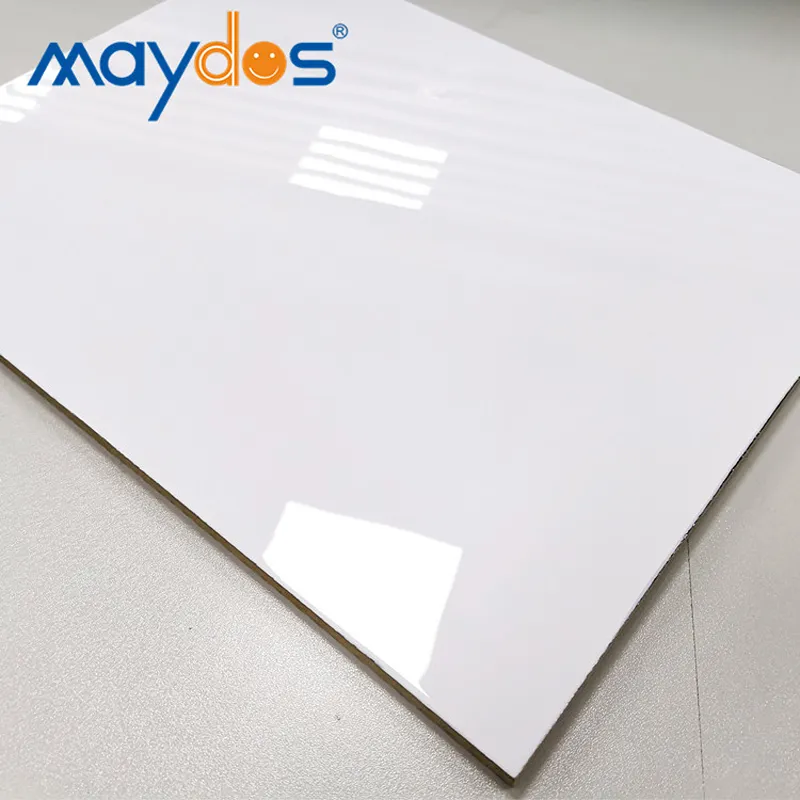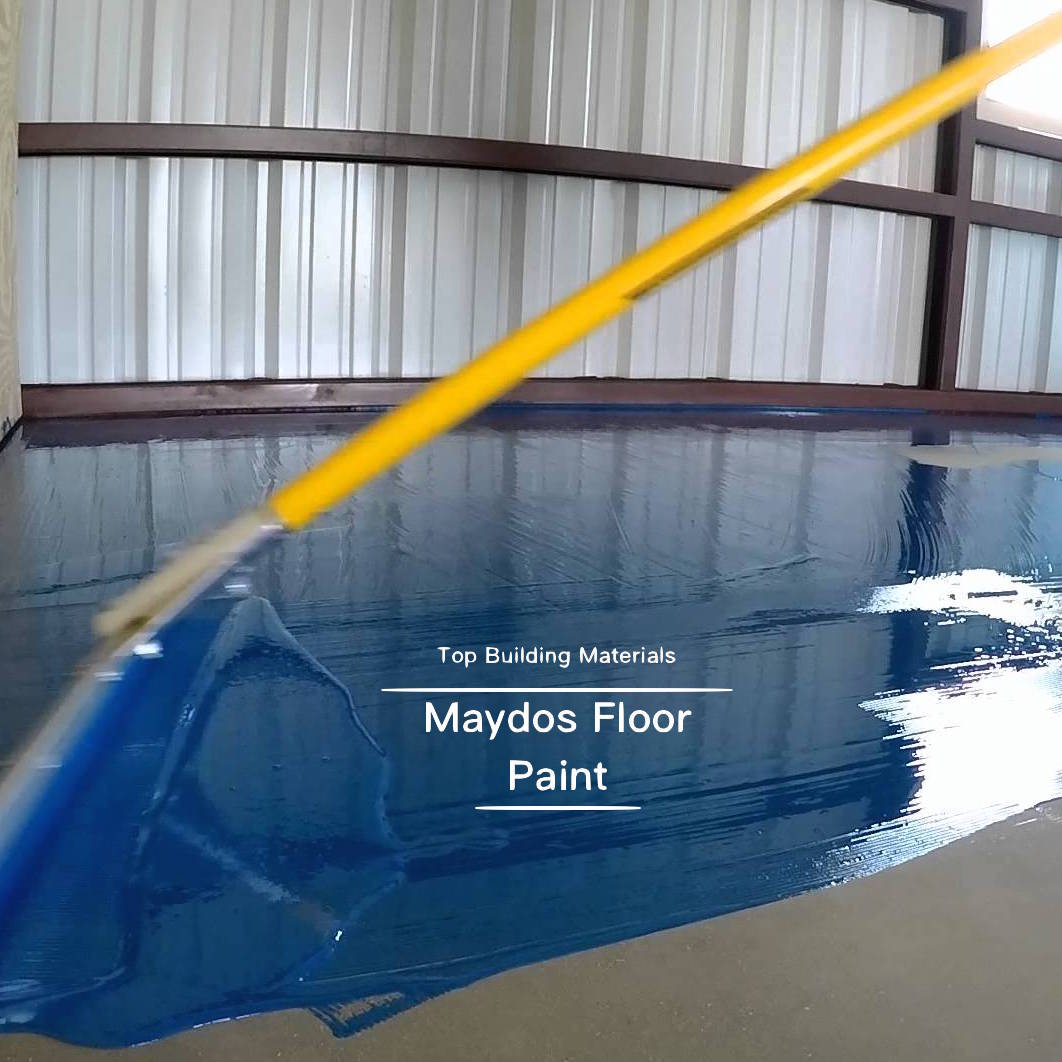Glue Adhesive
Adhesives are the substances that allow us to stick two materials together. They are available naturally or made synthetically and are found in many different forms.
Glues are based on polymers – chains of atoms that bind easily to each other (cohesion) and to other substances (adhesion). Most glues contain water in their formula, so that they won’t harden immediately upon application.
Chemical Bonding
Chemical bonding is one of the most important concepts in chemistry and explains many other chemical phenomena, such as how molecules and reactions work. It also explains why atoms are attracted to each other and how products are formed after a reaction occurs.
A chemical bonding process involves the transfer of electrons between two atoms in order to create a stable molecule. The atoms that lose electrons have negative charges, while the ones that gain electrons have positive charges.
The transfer of electrons between atoms can occur in a number of ways, including through covalent bonding, van der Waals bonds, valence bonds, and the formation of molecular hydrogen (H). Some types of chemical bonding involve a transfer of electrons between a metal atom and an non-metal atom, while others involve the transferring of electrons between different groups of atoms.
In order to make a chemical bond, two atoms must have an equilibrium distance where the potential energy of the system is minimum and repulsion stops. This is called the bond length of the molecule.
Bonds between two atoms can be permanent or temporary, depending on their strength. Strong chemical interactions between atoms yield permanent chemical bonds, whereas weaker chemical interactions result in temporary adhesion.
When a surface is not ready for bonding, there are several things that can be done to modify the surface. These include surface pre-treatment, adhesive primers, and coatings to improve adhesion.
Using the right glue adhesive is crucial for successful bonding between two surfaces. You’ll want to select a polymer that can form bonds with both the substrate and the adhesive itself. For example, epoxy resins can be used to bond glass and wood, while thermoplastic polymers can be used to join plastics like aluminised aluminium.
If you’re not sure what type of adhesive is best for your application, consult a professional. They can help you determine the best product for your project and ensure that you’ll get a good bond with no damage to the surfaces you’re connecting.
When choosing an adhesive, consider the type of substrates that it will be joining and the temperature range that it needs to work in. Generally, adhesives designed for a particular temperature range are more durable than those that don’t. You can also consider a product that has been developed to resist certain chemicals or temperatures.
Van Der Waals Bonding
Van der Waals forces are short-range distance-dependent chemical forces that are not related to covalent or ionic bonds. They occur between molecules that are positioned close together, such as when atoms and molecules are in contact with each other. They are weaker than both covalent and ionic bonds but still play an important role in molecules.
They are characterized by high attraction if the molecules are near each other and by high repulsion if they are far apart. Their strength is independent of temperature, except for dipole-dipole interactions.
The adsorption of gaseous molecules to the surface of an adsorbent and the cohesion of condensed phases can be accounted for by van der Waals forces. They can also be used to explain the formation of cohesive powders, which are less easily fluidized or pneumatically conveyed than their more coarse-grained counterparts.
These intermolecular forces are the result of temporary proximities between regions of contrasting electron density in nearby molecules. In some substances, these proximities are induced by permanent electric dipoles in the molecule that temporarily distort the electron distribution of nearby polar or nonpolar molecules.
Graphite, for example, is made up of many layers of thin sheets that have delocalized electrons on each carbon atom. As these delocalized electrons move around, they generate very large temporary dipoles that induce opposite dipoles in the sheets above and below them. These temporary dipoles can eventually be induced throughout the whole crystal.
Adhesives, like glue, use van der Waals bonding to stick two surfaces together. The glue consists of tiny molecules with very weak electrostatic forces between them that attract the surface it is spread on and the molecules on the other surface.
As you spread the glue, it creates millions of very weak electrostatic forces between the molecules on both the surface it’s spread on and the molecules on the other surface. These are called van der Waals forces, named after physicist Johannes Diderik van der Waals who discovered them.
Van der Waals forces are the basis for all the’stickiness’ of glue adhesives. They also help glue adhesives to bond with other materials, including wood, metal and plastic. They are also a key factor in the adhesion of gecko limbs, which have setae on their feet that allow them to stick onto and climb walls.
Cohesive Bonding
Glue adhesives are one of the most common types of adhesives used to bond materials together in a variety of applications. These include vehicles, medical devices, personal care products, and buildings. Glues can be liquid or paste, and can bond on contact or require curing steps before use. They can also be made to accommodate rigid or flexible bonds, or double as seals.
Whether it’s the bond between water and wax, or glue and bare paint, the way these liquids stick together is a complex process that involves chemical changes at a microscopic level. Using this knowledge, engineers can make better decisions when selecting the best adhesive for their application.
Adhesive adhesion is defined by IUPAC as “the process of attachment of a substance to the surface of another substance.” The adhesive bonding process requires good wetting of the substrate material and the compatibility of molecular groups in the adhesive and the substrate. This is achieved by a chemical reaction between the adhesive and the substrate, which causes a modification in the molecular structure of the two materials.
The strength of adhesive adhesion is often determined by a measurement called the work of adhesion, which is used to determine how much force is required to pull the bonded product apart. This is particularly important in mechanical applications, such as the shear and cleavage forces that occur during the joining process.
There are many different factors that can influence the strength of an adhesive, including the type of stress that will be applied to the bonded product. Knowing which stresses will be most likely to be present on the bonded product will allow engineers to choose an adhesive with the strongest cohesive strength.
The strength of adhesive adhesion depends on the angle th between the tangent to the liquid surface and the substrate surface, which is referred to as the contact angle. If the angle th is small, then there will be a high level of cohesive force between the liquid and the substrate. On the other hand, if the angle th is large, then there will be a low level of cohesive force between the liquid and the surface.
Mechanical Bonding
Adhesive bonding is a common method of joining materials. It can be used to join metals, plastics, glass, rubber, ceramic and many other materials to each other. In addition, adhesives can also be used to seal the joint between two materials. This allows them to distribute stress loads evenly, reducing stress on the bond and preventing corrosion.
Mechanical bonding involves the use of a glue adhesive, usually a polyurethane or methacrylate adhesive. These adhesives are strong and can be applied to both thin and thick substrates, including those that have been treated with chemicals or corroded.
Glue adhesives are typically cured under pressure, but can also be light-cured. This makes them a good choice for joining different substrates, as they are easy to handle and will not alter their shape.
A good way to prepare surfaces for a mechanical bond is to sand them down and abrade them to remove any surface coating or contaminants, like paint, rust or grease. Chemical pretreatments like acid etching or dipping the material in a solvent can help too.
The roughening of the surfaces will increase the surface area available for the glue adhesive to penetrate into the pores, which is a big part of how the adhesive can interlock with the adherend. This is especially important if the substrates are heavy clay coatings.
Another advantage of this bonding technique is that it can be applied to large or small parts, allowing even distribution of stress. This can be useful when using the process to join lightweight construction components, for example, in car body construction.
However, the lack of instantaneous bond strength can make it difficult to use for some applications. This can be addressed by combining the adhesive with other joining methods, such as spot welding or rivets. This is known as hybrid joining and results in a reduction in the stress peaks that can occur during the joining process, enabling the adhesive to provide instantaneous bond strength.
The ability to lower the kinetic reactivity of a product has led to the development of a new class of materials called MIMAs, which are capable of preventing unwanted reactions by changing the steric hindrance at the mechanical interface. This has led to a number of technological applications, including protecting organic dyes from environmental degradation.





















